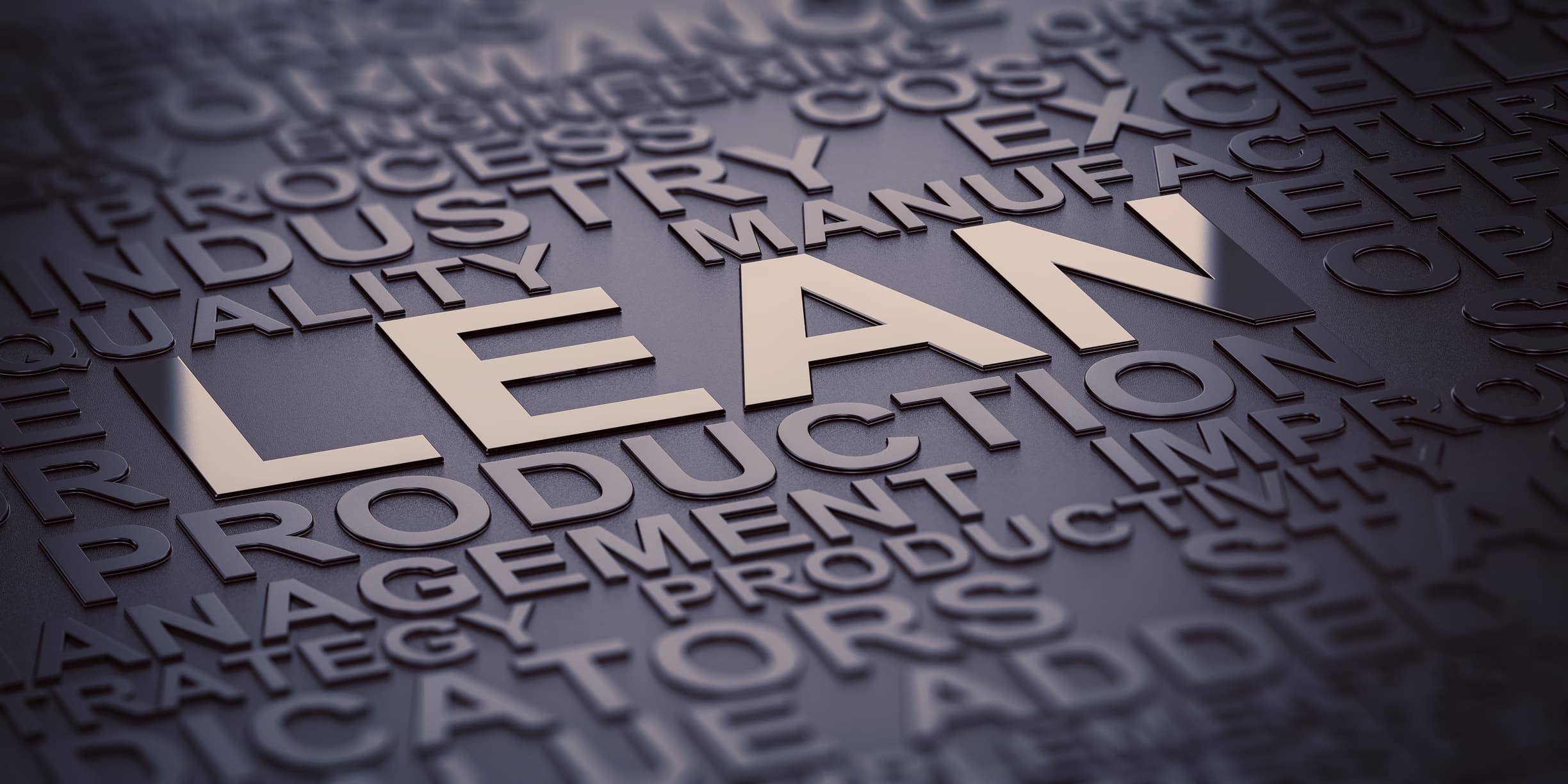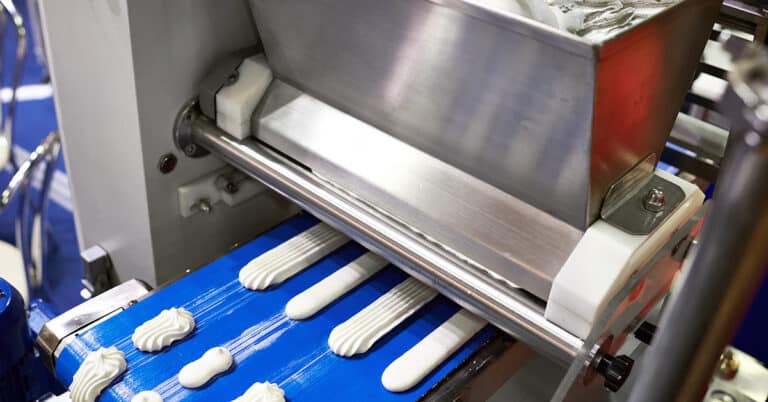Lean maintenance and lean manufacturing are inextricably linked and could lead to significant benefits for your operations. It is important to understand that lean maintenance does not exist independent of overall lean manufacturing practices. It is likewise difficult — if not impossible — to support lean manufacturing without lean maintenance techniques. If lean manufacturing is one of your company’s objectives, be sure to incorporate lean maintenance principles into your strategy.
Understanding and incorporating lean maintenance methods
The lean maintenance principles and techniques listed here could help your facility run more efficiently and serve to bolster a lean manufacturing plan.
Understand the lean mindset: It may go without saying, but too many operations attempt to adopt “lean practices” without understanding what the concept actually means. The lean philosophy is focused exclusively on the customer, aiming to create efficiency by eliminating all processes and actions that do not directly create value for the buyer. Maintenance — as a key component of any manufacturing operation — is an inherent part of this strategy and should not be overlooked.
Apply 5S: Lean manufacturing and maintenance are based on Japanese principles of efficiency, and this shortcut applies corresponding English-language ideas to concepts from the native Japanese. The five Ss are:
- Sort — Organize workstations and eliminate unnecessary items.
- Set in order — Proactively stage workstations to carry out the most common, high-value tasks efficiently.
- Shine — Keep the workplace clean and ordered.
- Standardize — Create a schedule to ensure that the above practices are upheld.
- Sustain — Adhere to these tenets with a minimum of formal enforcement and encourage a lean manufacturing culture.
Avoid the “Seven Deadly Wastes”: In lean practices, the “seven deadly wastes” are the most common unnecessary expenditures of time, resources and effort. They directly detract value from the customer, and they are:
- Transportation — Excessive or unnecessary movement of material
- Inventory — Inefficient ordering and inventory utilization
- Motion — Unnecessary actions and movement by workers
- Waiting — Downtime and other idle scenarios when value could otherwise be created
- Overprocessing — Working beyond scope and adding effort or engineering that is not required by the customer
- Overproduction — Part production beyond what is requested by the customer
- Rework — Additional finishing or repair processes to rectify production errors
Support TPM lean practices: TPM refers to “Total Productive Maintenance.” It involves a mindset of continuous improvement among anyone who has an impact on production — which is to say, everyone throughout the organization, from management to line workers. The most effective way to implement TPM lean maintenance is to identify and communicate the benefits of a maintenance mindset, then train and trust workers to carry out these processes under their own accountability.
Be proactive: Reactive maintenance is, by nature, inefficient. Utilize technology and best practices to detect, address and rectify potential maintenance issues before they lead to downtime or failure. Planning and process are among the best proactive strategies available.
Pursue organizational buy-in: Foster accountability and ownership throughout the organization by recognizing every employee’s role in effective maintenance and, thus, value for the customer.
With these lean maintenance techniques, you can maximize efficiency by eliminating all non-value-adding processes and maintaining a sharp focus on the needs of the customer. It is too easy to spend unnecessary time on non-essential and ineffective methods and functions.
Fortunately, ATS is ready to help you identify and eradicate these wasted efforts. Our industrial maintenance and MRO asset management solutions can — by design — help your lean initiatives, boosting your productivity and goal completion. For more information, contact an ATS representative today.






